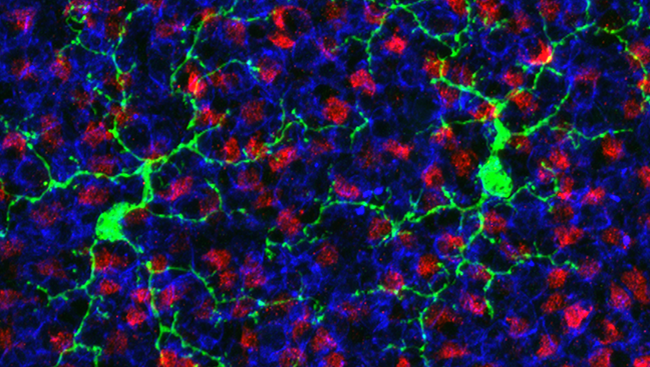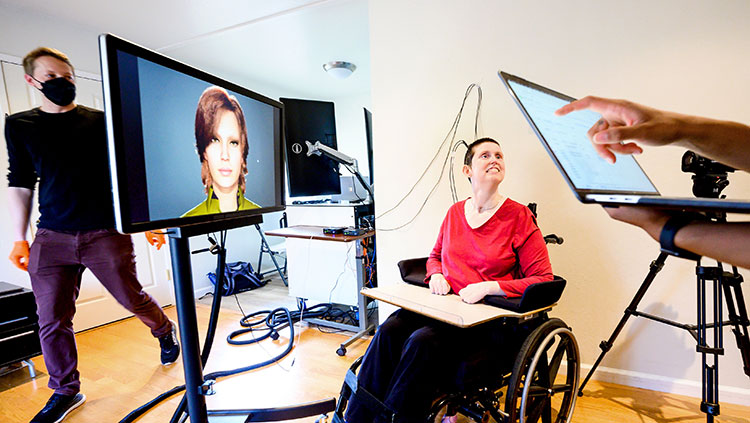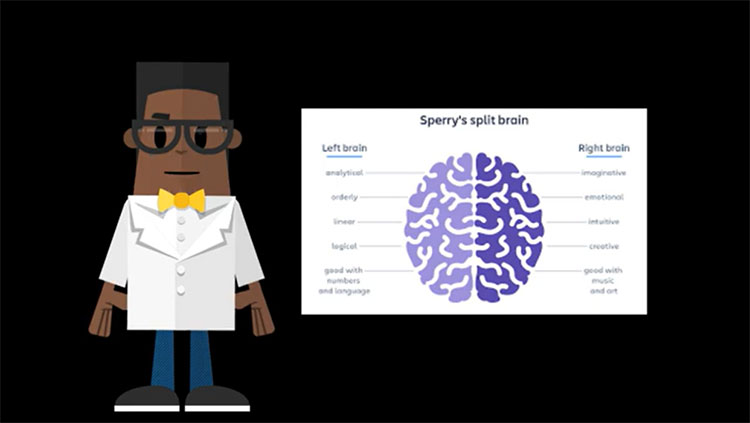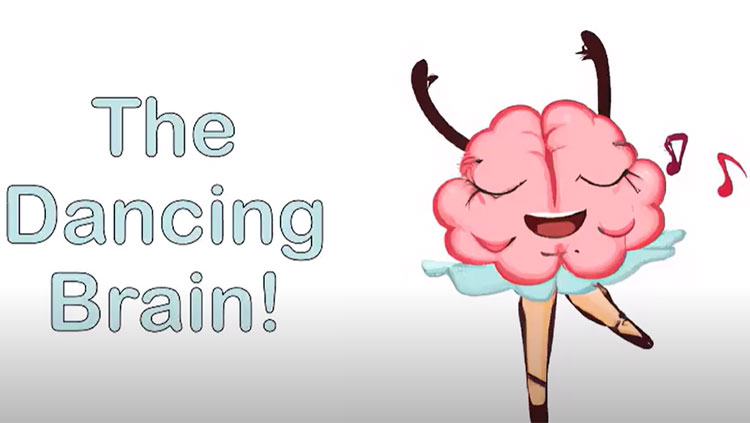Staying Connected
- Published8 Apr 2016
- Reviewed8 Apr 2016
- Author Alexis Wnuk
- Source BrainFacts/SfN

In the face of brain injury or infection, immune cells called microglia are summoned to destroy pathogens and clean up cellular debris. Over the past decade, neuroscientists have learned that these cells are also critical for brain development. By pruning the extra connections (synapses) between nerve cells, microglia help shape and refine the brain’s circuits. This image of a mouse retina shows microglia (green) interacting with the synapses formed by axon terminals (red) and dendrites (blue). Scientists found that, without microglia, synapses in the mouse retina degenerated and the retina was less responsive to light, indicating microglia may play a role in maintaining connections in the adult brain.
CONTENT PROVIDED BY
BrainFacts/SfN
Also In Anatomy
Trending
Popular articles on BrainFacts.org


















